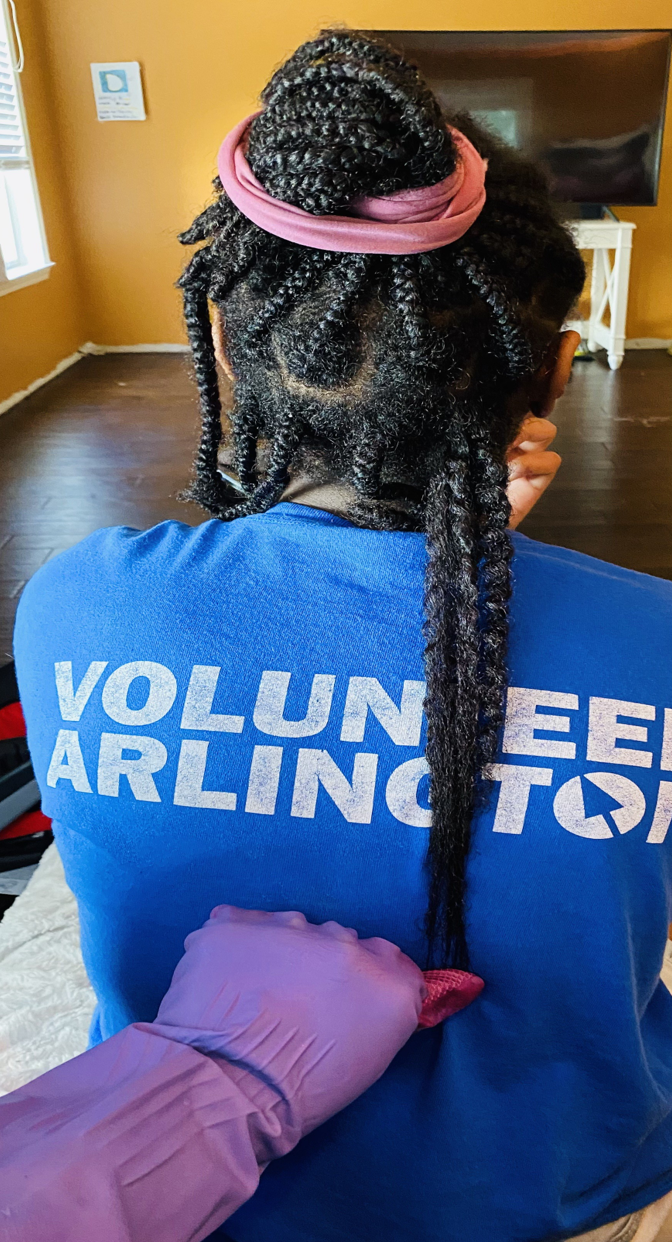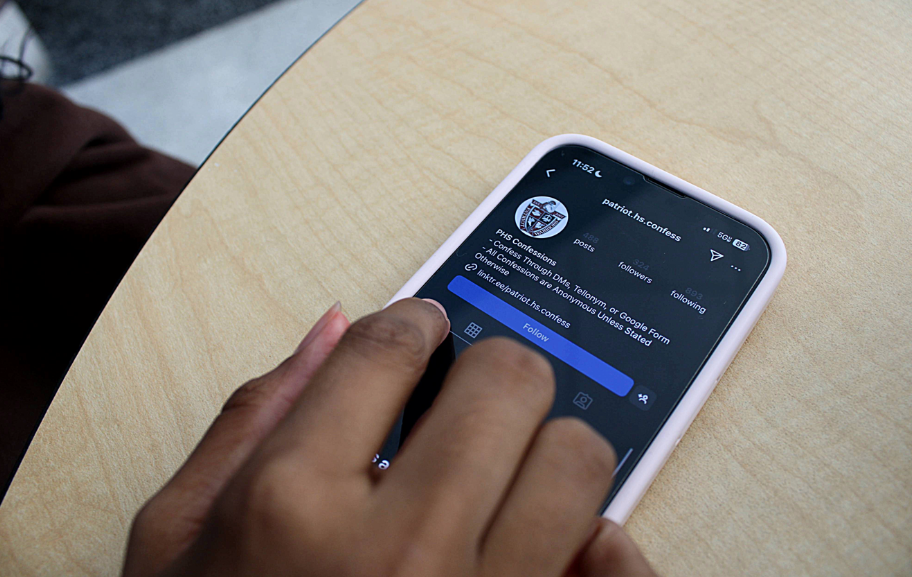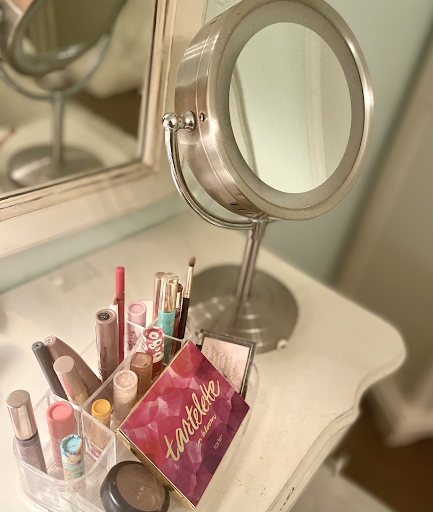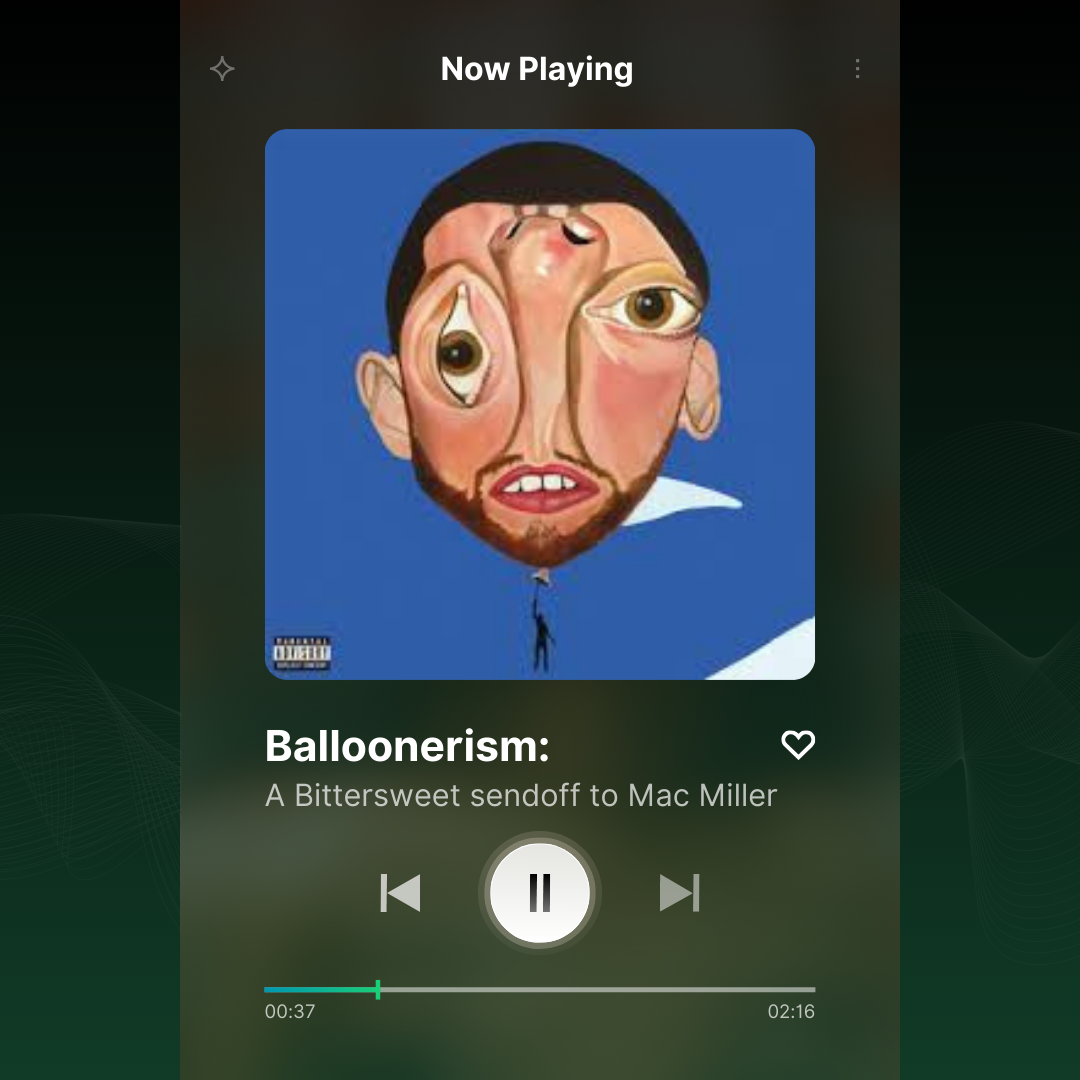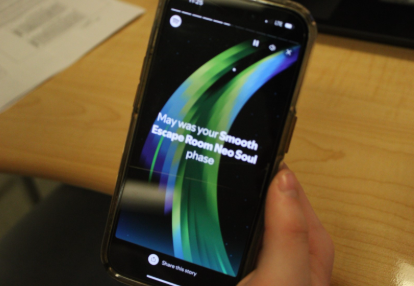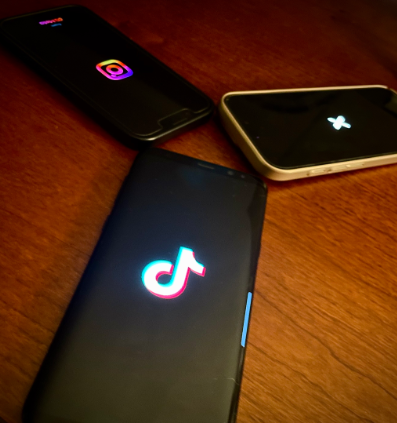“I hate my hair,” I grumbled to my mother as she yanked on my knotted coils with a hairbrush. “I want to chop it all off.” I groaned through tugs and jerks. My mother shrugged silently as she continued to work through my tangled hair. She hated the idea of me shaving my head. She always said it looked “gay” or “boyish” and back when I was little (when she was my world) I agreed with her. But I wasn’t a kid anymore; I was a freshman in high school. I was my own person, and I wanted my hair to reflect that.
I was tired of spending hours washing, detangling, and braiding my hair to please my mother or my sisters. I had a vision in mind, and I was determined to bring that vision to life. I was ready to be the kind of girl who wore cool shades and massive hoop earrings and walked with her head up high. The first step to becoming her? Getting a new haircut.
Eventually, after months of whining and begging her to let me cut my hair, she agreed on one condition: that I didn’t cut it all off at once. After a bit of sulking, I accepted her terms and my mother agreed to take me to the hairdresser the following Tuesday to get a trim. Little did she know I had other plans.
Two days before my appointment, I did it; I shaved my head- sort of. I grabbed the nearest pair of scissors, and my twin sister and I got to work cutting my nearly waist-length hair until there was nothing left save for a thin layer of fuzz atop my head. At first, it was strange seeing myself without my hair. I felt like I had just cut off one of my limbs, yet all my arms and legs were still there as I sat and marveled at the new girl staring back at me through my bathroom mirror.
Embarrassingly, I had given myself a few bald spots, but I wasn’t thinking about that. I was too busy thinking of the future. I was finally free from the shackles that had weighed me down for years; nobody could tell me what to do or who to be anymore. Despite my mother’s warning that I’d be mistaken for a boy, I felt light and feminine for the first time. Ironically, cutting my hair made 15-year-old me feel like a woman. Unfortunately for me, very few people agreed.
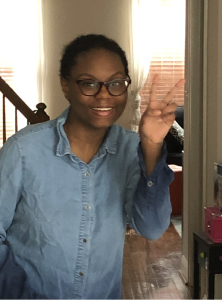
My mom was the first to express her disappointment with my hair. “I was definitely hurt,” she said in a recent interview. “I tried to take good care of your hair, so I was hoping to donate it so that at least someone could use it.” Despite feeling bad for potentially robbing someone in need of a nice wig, I felt good about my decision at first.
During the pandemic in 2021, when school was completely virtual, I felt confident. After all, why shouldn’t I have? There was no one to tell me I looked like a lesbian or mistake me for a boy then save for my parents. For some reason, they often felt the need to remind me that my hair made me unattractive to men. Still, I managed to brush them off as I was too distracted by the idea of finding my own style.
But as schools reopened and I was shoved back into crowded buses and classrooms, I began to realize that they weren’t the only ones who disapproved of my hair.
The next year, when I was a sophomore, my hair had grown out a bit, which left me with an awkward layer of fluff on my head that formed a “mountain peak” at the very top. At the time, I didn’t care to maintain my hair, so I was often met with rude comments and strange looks from my peers and family alike.
I the whole year, I trudged through the hallways with my head lowered, trying desperately to become invisible and hoping that no one would notice that my hair was uneven and breaking off in several places. I thanked God that everyone wore masks since they made me unrecognizable to all the people I knew from middle school, who would happily taunt me about the breakage and the locs that had formed from all the tangles in my hair. Even still, I could hear my peers behind me, whispering, “Is that a boy or a girl?” and “Why does her hair look like that?” Needless to say, I was mortified. It felt like I was the only girl in school with messy hair.
I watched helplessly as other black girls came to school with colorful new braids and slicked-back buns, wishing to be like them, but I couldn’t bring myself to try getting my hair done. I hated it too much; I hated the feeling of a rattail comb poking my scalp, the tightness felt for the first couple of days after braiding, and the frigid, gooey grossness of all the creams and conditioners and oils on my head. I felt like I was stuck between a rock and a hard place, and they were crushing me little by little.
Eventually, the pressure became so great that I decided to do something about my hair- in my own way, of course. Always one to march to the beat of my own drum, I decided to cover it with a turban. Several brightly colored turbans, to be exact. No matter how silly I looked, I was determined to do everything in my power to avoid the endless yanking and seemingly five-hundred step routines that I would have to follow to take proper care of my hair. At the time, I didn’t know how valuable my hair was, nor did I understand the importance of caring for it.
To further avoid taking care of my curls, I shaved my head twice within the first four months of junior year. Although I was mostly happy, I couldn’t shake the feelings of insecurity about the way my short hair made me look “gay,” and the way I looked like a middle-aged man in my ID photo. So, come senior year, I decided that it was time for a change; for the first time in years, I was going to let my hair grow and make sure it was healthy. The problem was, I wasn’t sure where to start.
Of course, I had a routine before, but I was never actually the one doing my hair. Eventually, after more procrastination and putting off the inevitable, I slowly developed some sort of routine of washing, detangling, and styling my curls with the help of my eldest sister. She had done her big chop the year before mine, and in the following years, she learned a few things about natural hair that she happily shared with me.
One key aspect of natural hair care that she taught me was the importance of moisturizing my hair. “We have to treat our hair like flowers,” she said when asked about the subject. “It’s best to avoid flat out dry hair, even if you’re not putting products on it every day.”
Additionally, she emphasized the importance of being patient with your hair. “Never put yourself in situations where you feel rushed to do something with your hair. Like, don’t try to detangle your whole head when you have somewhere to go in an hour.”
Between her support and inspiration from hair influencers, like Brittany Rose, I became increasingly confident in my ability to detangle, wash, and style my hair by myself. As I continued to develop my haircare routine, I realized how much I loved my hair. I was fascinated by the way my springy coils bounced with every step I took and suspended themselves in the air against the force of gravity. It tickled me how my curls snapped back into place when I pulled them as if they knew exactly where they were supposed to be.
Even my family noticed my growing adoration for my hair. “I feel like it (the big chop) was good for you, like it helped you to realize how beautiful your hair was.” my mother said when asked to reflect on my journey. She also detailed her shift in attitude as I went through my journey. “I had to accept that you were growing up, and you had the right to cut your hair.” she said.
Amidst all the pain and criticism I faced along the way, I’m grateful for my experiences. My long and arduous journey taught me to be proud of my Type 4 hair, regardless of what others say. Now I understand that hair is my crown, so I wear it proudly every day.


